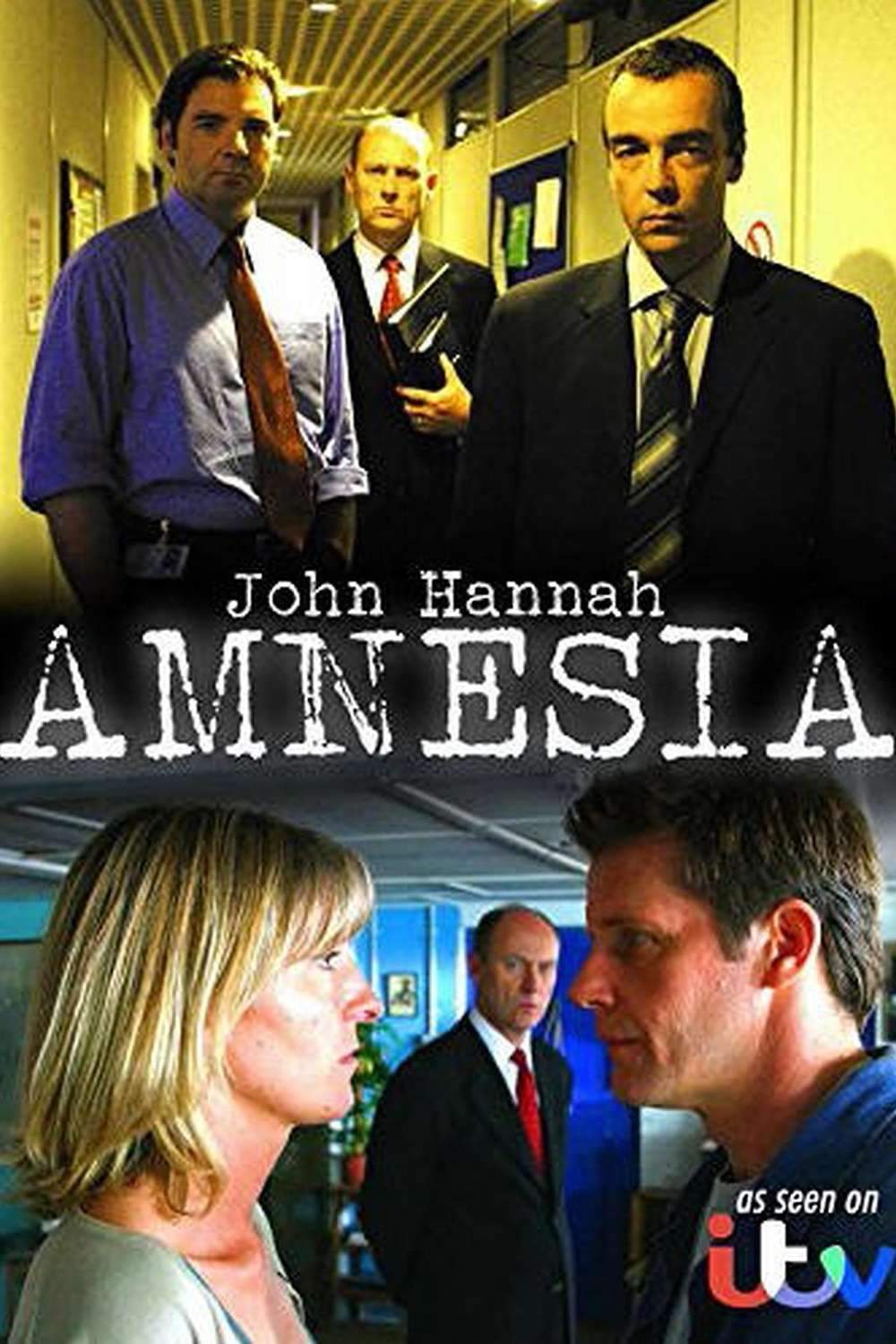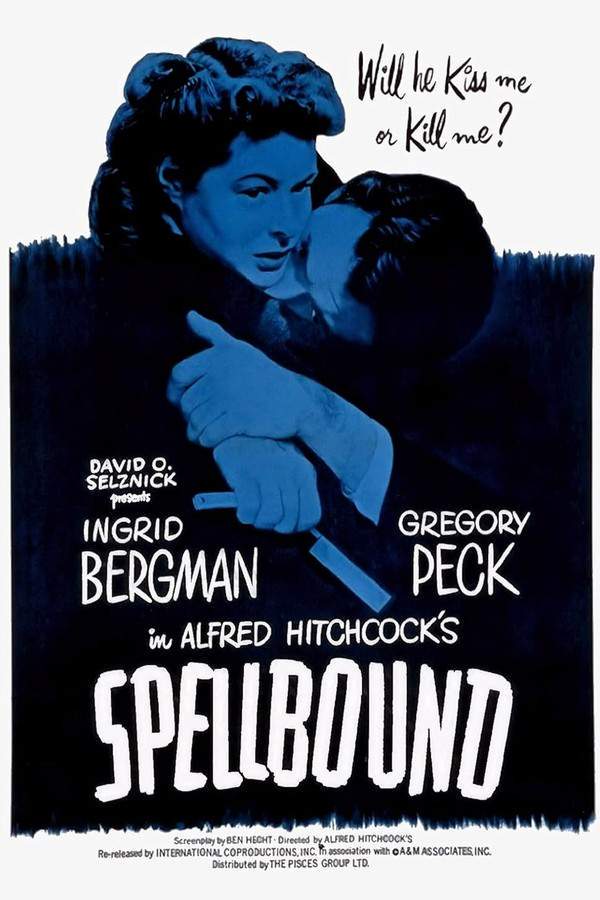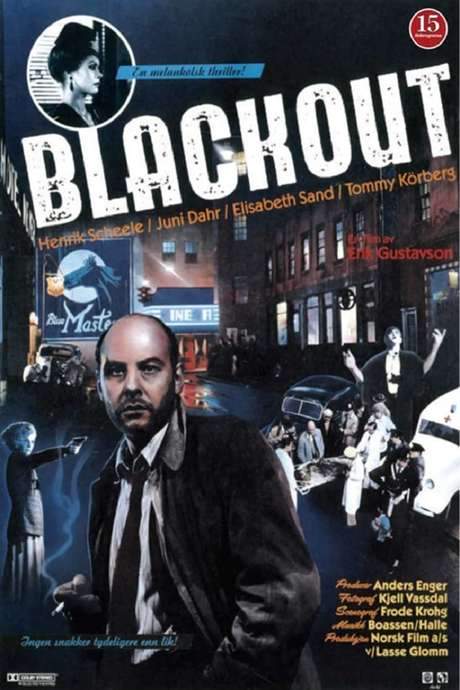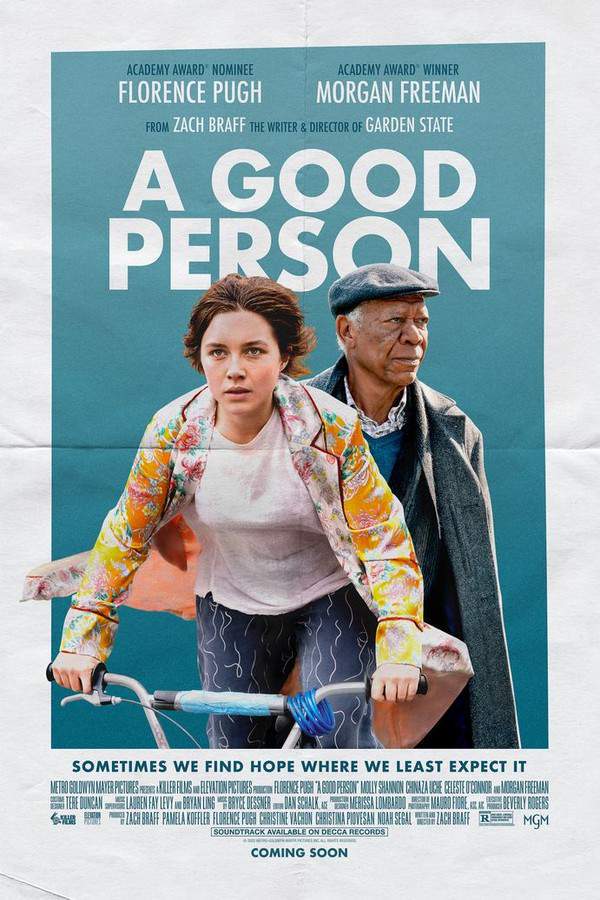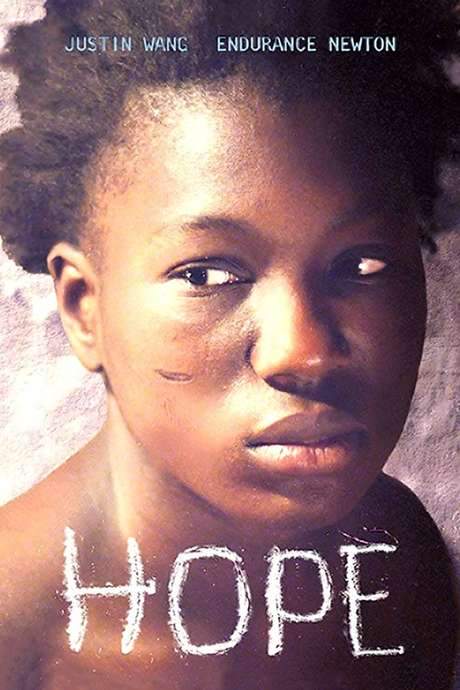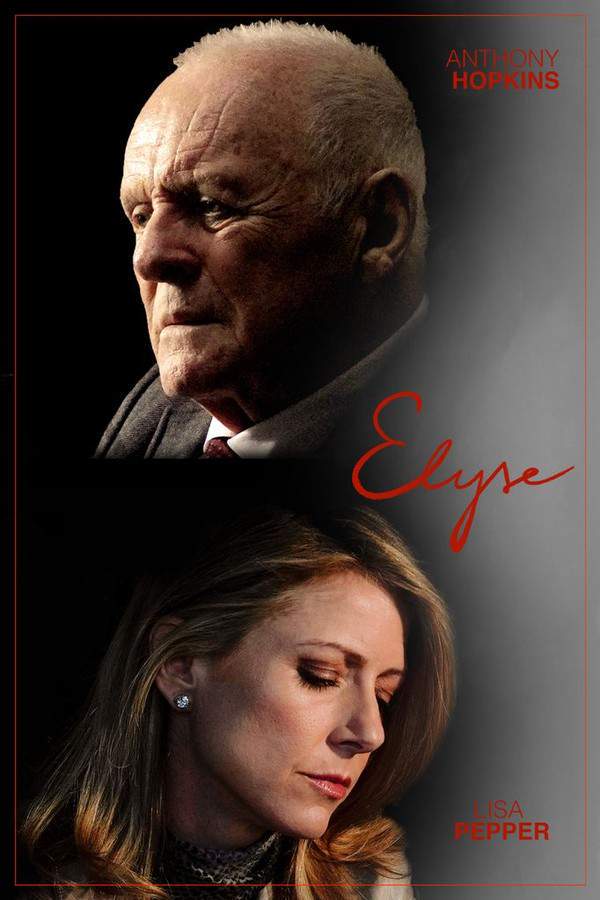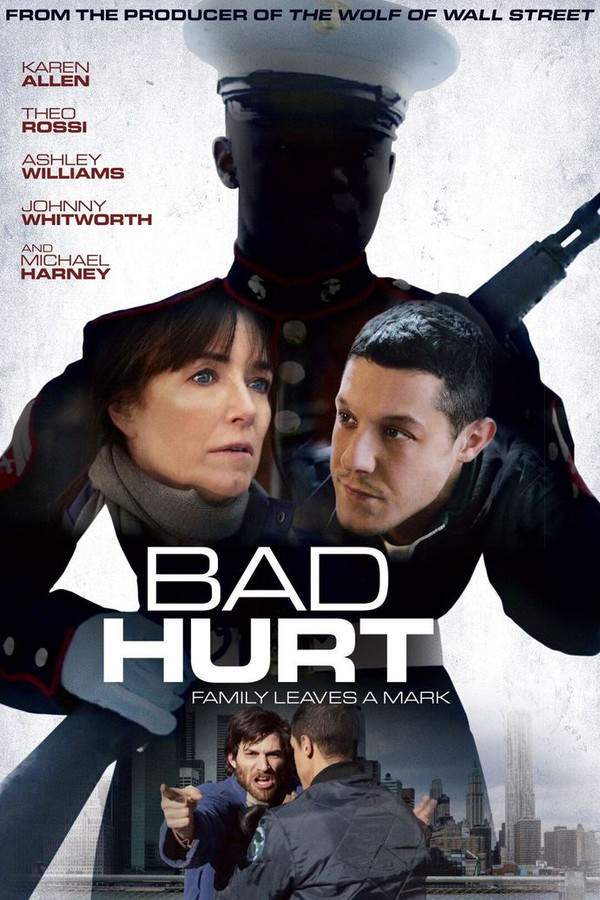
Color of the Night
Year: 2000
Runtime: 80 mins
Language: Persian
Director: Mohammad Ali Sajjadi
Rasoul, a bank teller, leads a modest life with his wife Zohre and their daughter. One day he is involved in a traffic accident with Batoul, a wealthy woman, and her son. He rushes them to the hospital, where it becomes clear that Batoul suffers from amnesia, forcing Rasoul to confront unexpected responsibilities and questions about identity and trust.
Color of the Night (2000) – Spoiler-Free Movie Summary & Plot Overview
Get a spoiler-free look at Color of the Night (2000) with a clear plot overview that covers the setting, main characters, and story premise—without revealing key twists or the ending. Perfect for deciding if this film is your next watch.
In a modest Iranian suburb, Rasoul lives a quiet life as a bank teller, sharing a tight‑knit home with his devoted wife Zohre and their spirited daughter. Their routine is rooted in ordinary joys and small worries, a gentle rhythm that promises stability. The world they inhabit feels both intimate and familiar, a place where community ties and familial duty shape every decision.
One rainy afternoon, a sudden traffic collision shatters that calm. Rasoul finds himself thrust into an urgent rescue, pulling Batoul, a wealthy woman, and her young son from the wreckage and racing them to the hospital. In the sterile glow of emergency rooms, the accident reveals more than broken bones—it uncovers a bewildering loss of memory that leaves Batoul grasping for the pieces of her own identity. The incident forces Rasoul to confront responsibilities that stretch far beyond his usual sphere, testing the boundaries between duty, compassion, and the fragile trust that binds strangers.
The film’s tone hovers between stark realism and understated suspense, inviting viewers to linger on the subtle tensions that rise when ordinary lives intersect with the unknown. As Rasoul navigates the delicate balance of caring for his family while extending help to a woman whose past is now a blank canvas, the story gently probes questions of who we become when called upon to fill unexpected roles. The atmosphere is tinged with quiet unease, suggesting that beneath the surface of everyday existence lies a deeper, uncharted terrain of memory and identity.
Through its measured pacing and emotionally resonant performances, the narrative sets the stage for a contemplation of trust—both in oneself and in the strangers we encounter. In a world where a single moment can reshape lives, Rasoul stands at the crossroads of familiarity and the uncharted, hinting at the intricate ways compassion can redraw the contours of a life once thought settled.
Last Updated: October 27, 2025 at 16:28
Explore Movie Threads
Discover curated groups of movies connected by mood, themes, and story style. Browse collections built around emotion, atmosphere, and narrative focus to easily find films that match what you feel like watching right now.
Psychological thrillers about trauma and perception like Color of the Night
Stories where a character's fractured mind becomes the central mystery.If you liked the psychological depth of Color of the Night, explore more movies where the central investigation is complicated by trauma, amnesia, or dissociative disorders. These films blend crime narratives with intense character studies, creating a gripping and emotionally heavy experience.
Narrative Summary
These narratives often follow an investigator or protagonist who must solve a puzzle while grappling with their own mental instability or repressed memories. The plot unfolds steadily, revealing clues that challenge both the character's and the audience's understanding of events, frequently culminating in a violent but necessary confrontation with a painful past.
Why These Movies?
Movies in this thread are grouped by their shared focus on psychological fragility as a driver of the plot. They create a specific kind of suspense that is cerebral and unsettling, focusing on the theme that healing from trauma is as important as solving the external mystery.
Movies with bittersweet endings after heavy trauma like Color of the Night
Journeys where survival comes at a cost, leaving scars but also hope.For viewers who appreciated the nuanced ending of Color of the Night, this list features films that balance dark subject matter with a cautiously hopeful resolution. These dramas and thrillers offer catharsis without sugarcoating the long-term impact of psychological pain and violence.
Narrative Summary
The emotional journey in these films is defined by a heavy weight that never fully lifts. Characters endure extreme psychological or physical trials, and while the central conflict may be resolved, the conclusion is tinged with melancholy. The narrative emphasizes that some scars remain, but the possibility of moving forward, however painfully, is the true victory.
Why These Movies?
These films are connected by their commitment to emotional honesty. They avoid neat, tidy endings in favor of conclusions that feel earned and realistic, satisfying the audience's need for resolution while respecting the gravity of the themes explored. The shared vibe is one of catharsis mixed with sorrow.
Unlock the Full Story of Color of the Night
Don't stop at just watching — explore Color of the Night in full detail. From the complete plot summary and scene-by-scene timeline to character breakdowns, thematic analysis, and a deep dive into the ending — every page helps you truly understand what Color of the Night is all about. Plus, discover what's next after the movie.
Color of the Night Summary
Read a complete plot summary of Color of the Night, including all key story points, character arcs, and turning points. This in-depth recap is ideal for understanding the narrative structure or reviewing what happened in the movie.

Color of the Night Timeline
Track the full timeline of Color of the Night with every major event arranged chronologically. Perfect for decoding non-linear storytelling, flashbacks, or parallel narratives with a clear scene-by-scene breakdown.

Characters, Settings & Themes in Color of the Night
Discover the characters, locations, and core themes that shape Color of the Night. Get insights into symbolic elements, setting significance, and deeper narrative meaning — ideal for thematic analysis and movie breakdowns.

More About Color of the Night
Visit What's After the Movie to explore more about Color of the Night: box office results, cast and crew info, production details, post-credit scenes, and external links — all in one place for movie fans and researchers.



